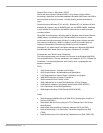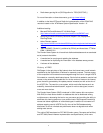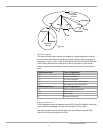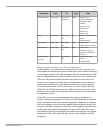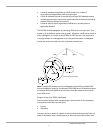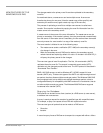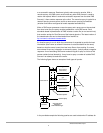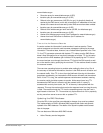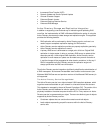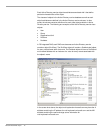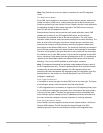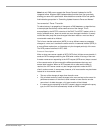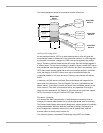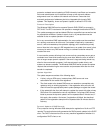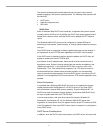
www.whitehouse.gov:
• Recursive query for www.whitehouse.gov (A RR)
• Iterative query for www.whitehouse.gov (A RR)
• Referral to the gov name server (NS RRs, for gov); for simplicity iterative A
queries by the DNS server (on the left) to resolve the IP addresses of the Host
names of the name servers returned by other DNS servers have been omitted.
• Iterative query for www.whitehouse.gov (A RR)
• Referral to the whitehouse.gov name server (NS RR, for whitehouse.gov)
• Iterative query for www.whitehouse.gov (A RR)
• Answer from whitehouse.gov server (the IP address for www.whitehouse.gov)
• Answer from local DNS server to Resolver (the IP address for
www.whitehouse.gov)
Time to Live for Resource Records
A resolver caches the information it receives when it resolves queries. These
cached responses can then be used to answer subsequent queries for the same
information. The cached data, however, has a limited lifetime specified in the Time
To Live (TTL) parameter returned with the data. TTL makes sure the DNS Server
doesn’t keep information for so long that it becomes out of date. TTL for the cache
can be set on the DNS database (per individual RR by specifying the TTL field of
the record and per zone through the minimum TTL field of the SOA record) as well
as on the resolver side by specifying the maximum TTL the resolver allows to cache
the resource records.
There are two competing factors to consider when setting the time to live. One is
the accuracy of the cached information, the other is the DNS server’s utilization and
the network traffic. If the TTL is short, then the likelihood of having old information
goes down considerably, but increases the DNS servers utilization and the network
traffic. If the TTL is long, the cached responses could become outdated, meaning
the resolver could give false answers to queries. At the same time a long TTL
decreases the DNS server’s utilization and the network traffic. If a query is
answered with an entry from cache, the TTL of the entry is also passed with the
response. This way the resolvers that receive the response know how long the entry
is valid. The resolvers honor the TTL from the responding server; they don’t set it
again based on their own TTL. Thus entries truly expire rather than live in perpetuity
as they move from server to server with an updated TTL.
Updating the DNS Database
Since the RRs in the zone files are subjected to changes, they must be updated.
The implementation of DNS in Windows 2000 supports both static and dynamic
updates of the DNS database. The details of the dynamic update are discussed
later in the paper.
The new features of Windows 2000 DNS include:
• Active Directory service Integration
Windows 2000 White Paper 10



